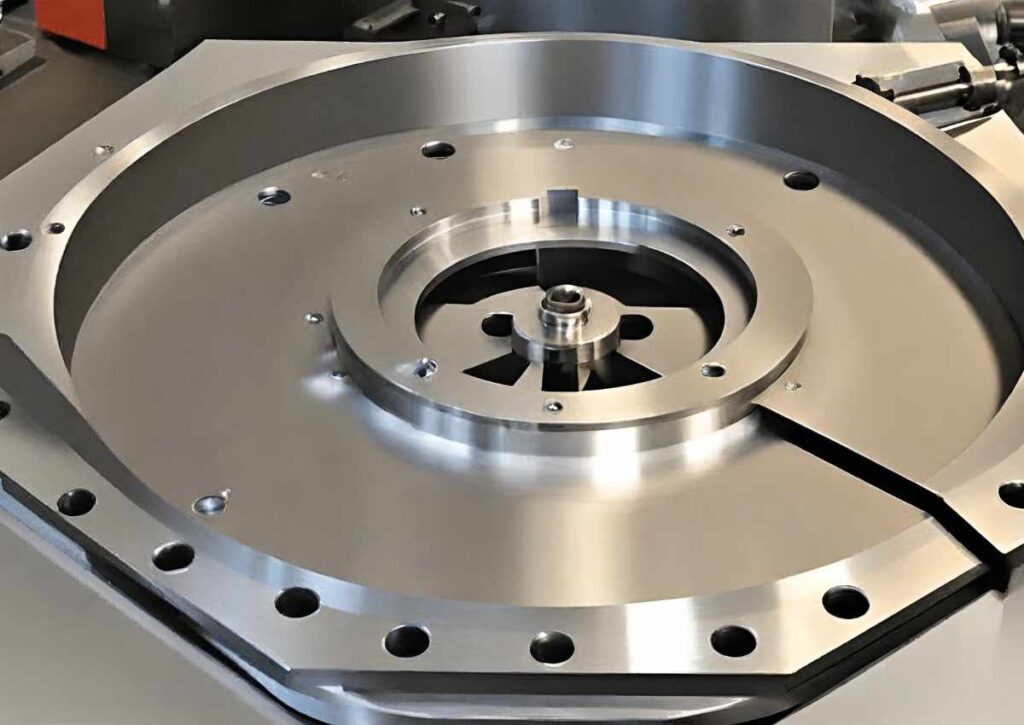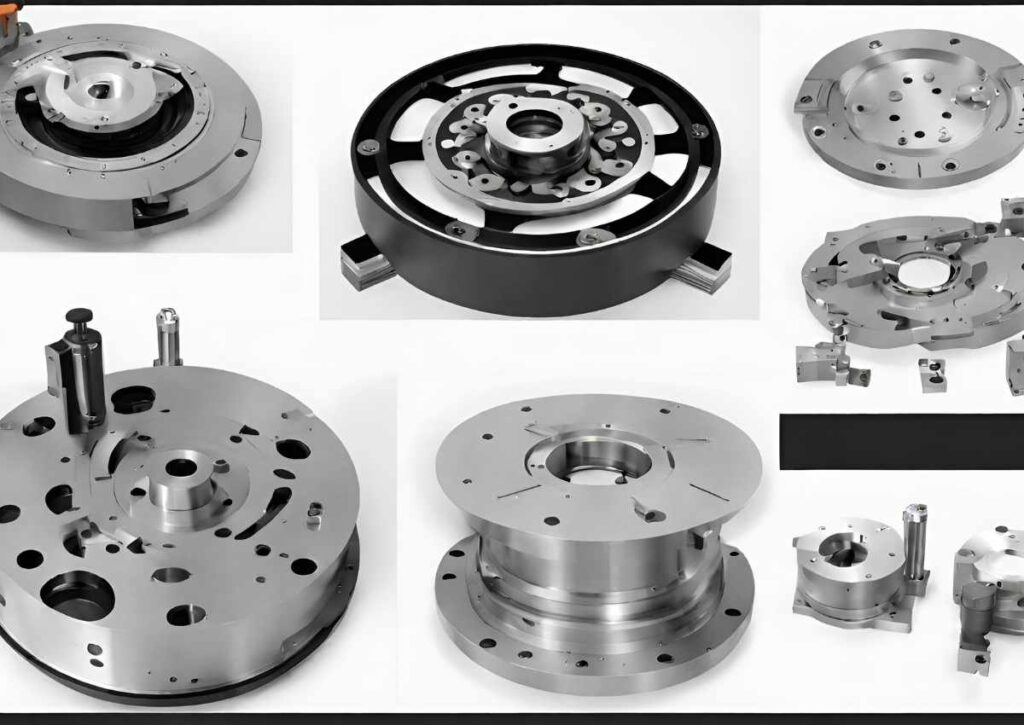In the world of drilling, efficiency is key. The rotary table stands as a vital mechanical component on drilling rigs, seamlessly providing the rotational force necessary to bore through the earth’s crust.
Let’s delve into the inner workings of this remarkable device, exploring its components, functions, and the evolving landscape of drilling technology.
Understanding Rotary Tables

At the heart of a drilling rig lies the rotary table, often referred to as a turntable.
This mechanical marvel harnesses clockwise rotational force, essential for driving the drill string and facilitating the drilling process.
Imagine it as the engine driving the rig’s operations, turning tirelessly to carve a path deep into the ground.
Components Unveiled

The intricacies of a rotary table reveal a finely tuned mechanism. Chain-driven and resembling colossal bicycle chains, these tables require constant oiling to prevent burning and seizing.
Embedded within their structure is the indispensable rotary lock, offering control over directional movement or locking it altogether.
This feature proves invaluable, eliminating the need for additional tools during pipe connections or disconnections.
Centrally situated within the rotary table are the rotary bushings, serving as pivotal points for drill string manipulation.
These bushings, often removable in two separate pieces, accommodate large items like drill bits, facilitating their passage through the table.
The “bowl,” a conspicuous gap in the center of the bushings, serves as a nexus for drill string support and passage into the wellbore, showcasing the table’s multifaceted utility.
Innovative Alternatives

As technology marches forward, traditional rotary drives face competition from cutting-edge alternatives. Many modern rigs forego rotary tables in favor of top-drive technology, revolutionizing drilling practices.
Top drives, situated atop the rig, assume the responsibility of turning the drill string, rendering swivels redundant.
This innovation streamlines operations, eliminating the need for certain components while enhancing overall efficiency.
Conclusion
In the realm of drilling, the rotary table stands as a testament to ingenuity and efficiency. Its role as the driving force behind borehole creation underscores its significance in the drilling process.
As technology progresses, alternatives like top drives emerge, reshaping industry standards.
Yet, the enduring legacy of the rotary table persists, a symbol of innovation in the pursuit of extracting Earth’s treasures.
FAQs
What is the primary function of a rotary table on a drilling rig?
The primary function of a rotary table is to provide clockwise rotational force to the drill string, facilitating the drilling process by creating boreholes in the earth’s crust.
How do rotary tables differ from top-drive technology in drilling rigs?
Rotary tables operate as traditional mechanical components, providing rotational force through chain-driven mechanisms.
In contrast, top drive technology, commonly found in modern rigs, involves mechanisms situated atop the rig that directly turn the drill string, eliminating the need for swivels.
What maintenance is required for rotary tables to ensure optimal performance?
Proper maintenance of rotary tables involves regular oiling of the chain mechanisms to prevent burning and seizing.
Additionally, periodic inspection and adjustment of the rotary lock and bushings are necessary to ensure smooth operation and longevity of the equipment.
Can rotary tables accommodate different sizes of drill bits and equipment?
Yes, rotary tables are designed to accommodate various sizes of drill bits and equipment.
The rotary bushings, located at the center of the table, can often be removed in separate pieces to facilitate the passage of large items, such as drill bits, through the center of the table.
Are rotary tables still commonly used in drilling operations, despite the emergence of alternative technologies?
Yes, rotary tables remain integral components of many drilling rigs worldwide.
While newer rigs may opt for top drive technology for its efficiency and streamlined operations, rotary tables continue to be employed in diverse drilling applications, showcasing their enduring utility and versatility.
How does engaging the rotary lock on a rotary table benefit drilling operations?
Engaging the rotary lock on a rotary table provides control over directional movement or can completely lock the table, eliminating the need for additional tools during pipe connections or disconnections.
This feature enhances safety and efficiency during drilling operations.
Also Read
Big Stan Drill Rig: World’s Biggest Drilling Equipment









